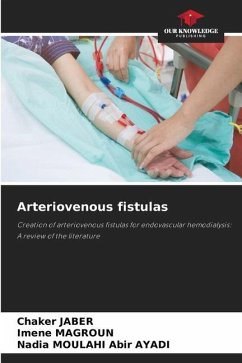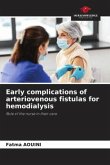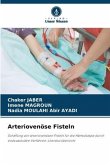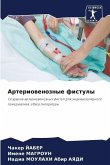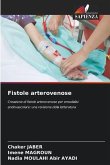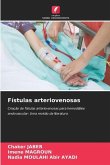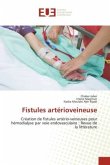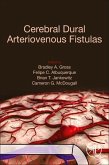Native AVF is considered the best vascular approach. Surgical arteriovenous fistulas (AVFs) were first described over 50 years ago and have revolutionized the outlook for millions of dialysis-dependent patients. Despite numerous developments, outcomes are suboptimal, with high rates of primary failure and re-intervention to maintain patency. Surgical AVFs are known to fail in part because of intimal hyperplasia leading to stenosis, and manipulation of the vessel during creation of the anastomosis may contribute. Recently, new minimally invasive techniques for endovascular AVF fabrication have emerged: the Ellipsys® System and the WavelinQ(TM) System. These new technologies allow the creation of AVFs for HD endovascularly with minimal trauma to the vessel. In this literature review, we present the place of endovascular AVFs in the management of hemodialysis patients, patient selection criteria, trial results, technical aspects, reinterventions, and future prospects.
Bitte wählen Sie Ihr Anliegen aus.
Rechnungen
Retourenschein anfordern
Bestellstatus
Storno

